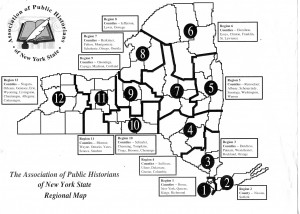
With the annual meeting of the Association of Public Historians of New York State (APHNYS) fast approaching and the centennial of the local government historians law on the not so distant horizon, as Bruce Dearstyne just reminded us, it is appropriate to examine just what is expected from municipal historians.
One may ask the proverbial question, “How are you doing?” – and take an opportunity to address what the guidelines say, what is being done, and what should be done.
Guidelines for Local Historians can be found on the New York State Museum website.
1. Research and Writing
The first, and primary, responsibility of the Local Government Historian is interpretation of the past. This will involve research and writing on aspects of the history of one’s jurisdiction and may include scholarly monographs and articles as well as writing for a more general public audience in magazines and newspapers. Professor Judith M. Wellman noted:
“The best local historians have upheld high standards of gathering and evaluating evidence, making thoughtful and appropriate generalizations, writing well-organized and readable narratives, and sharing their work with others through the most appropriate mediums.”
Here is where some thoughtful consideration about the position may be warranted, perhaps as discussion item for the upcoming APHNYS conference. Does “scholarly monographs” mean something like the Journal of American History, a national academic publication, or The Hudson River Valley Review, a regional academic publication? Suppose there is no regional scholarly publication for your county? Regardless of how one chooses to apply the term “scholarly,” is it a realistic consideration to expect such writing from county historians? As a full-time employee, Tatum may well have the opportunity, credentials, and training to comply with this guideline but the idea of 62 people producing scholarly monographs and articles about their counties seems farfetched no matter how well-meaning.
Furthermore this guideline was not written solely for county historians but for all local historians. Perhaps it would be appropriate to determine what research and writing would be appropriate at the different levels particularly with the decline of local newspapers and the existence of local presses. Also should the county and state historian for that matter be held to academic standards as if they were on a college tenure track requiring such publications? Since there is no penalty for non-compliance with the regulation to even have a local historian, an unrealistic publication guideline doesn’t help the cause.
The actual qualifications listed in the Guidelines highlight the disconnect between what exists on paper and what happens in the real world. The requirements for local historians are:
* A baccalaureate degree with a major concentration in American History or some related field is the minimum recommended qualification for a local government historian.
* For the position of County Historian, which carries with it additional leadership responsibilities as well as the need to comprehend the potentially more complex history of a larger geo-political entity, a Master of Arts degree with a major concentration in American History or some related field is the recommended minimum qualification.
* For historians of the five boroughs of New York City or of other cities with populations of over one million, the Ph.D. degree, with a major concentration in American Urban History or some related field is the minimum recommended qualification.
No matter how well-meaning and well-intentioned such Guidelines might be, they simply bear no relation to what actually happens especially at the local level yet alone the county.
2. Teaching and Public Presentations
The second category of responsibilities also involves the interpretation of the history of his or her community through teaching and public presentations. The Local Government Historian may teach courses in local and regional history, serve as a resource to teachers especially in the fourth and seventh grade local history curriculum, serve as a content consultant to historical agency exhibit planners, speak and lecture to community groups, participate in radio talk shows, and otherwise disseminate knowledge of the history of their locality. In addition, the Local Government Historian may work directly with students and other individuals interested in the community’s past.
This guideline lists several quite specific activities in which the municipal historian should be engaged. The guideline states the municipal historian should be involved in the public interpretation of the history of the community and provides examples of several possible ways in which that responsibility may be discharged. Wide discretion is permitted and it is not necessarily required that all these possibilities be followed.
Certainly public speaking is an essential ingredient whether it is in a classroom, in the media, or a public lecture. This requirement seems quite reasonable and appropriate and it would be interesting to know if the public historians are in compliance with this requirement and in what way. This guideline also would appear to be something that calls for a physical presence, meaning someone has to do something. An organization designated as a municipal historian would not seem to be in compliance with this guideline even if it had a publication. This guideline is for a real human being.
The remaining two guidelines are:
3. Historic Preservation
4. Organization, Advocacy, and Tourism Promotion
There is insufficient space to address them in this post. Quite obviously the final guideline is particularly significant for the current Path through History project.
One final thought is the compliance mechanism. Who knows if the municipal historians are in compliance with these guidelines? It is too big a job for the NYS Historian. Should county historians be responsible for the reporting of compliance within their own counties with the NYS Historian monitoring 62 reports, which still is a lot? Could there be a regional level of supervision?
Regardless of the answers there is a lot to talk about in the upcoming conference in Syracuse.
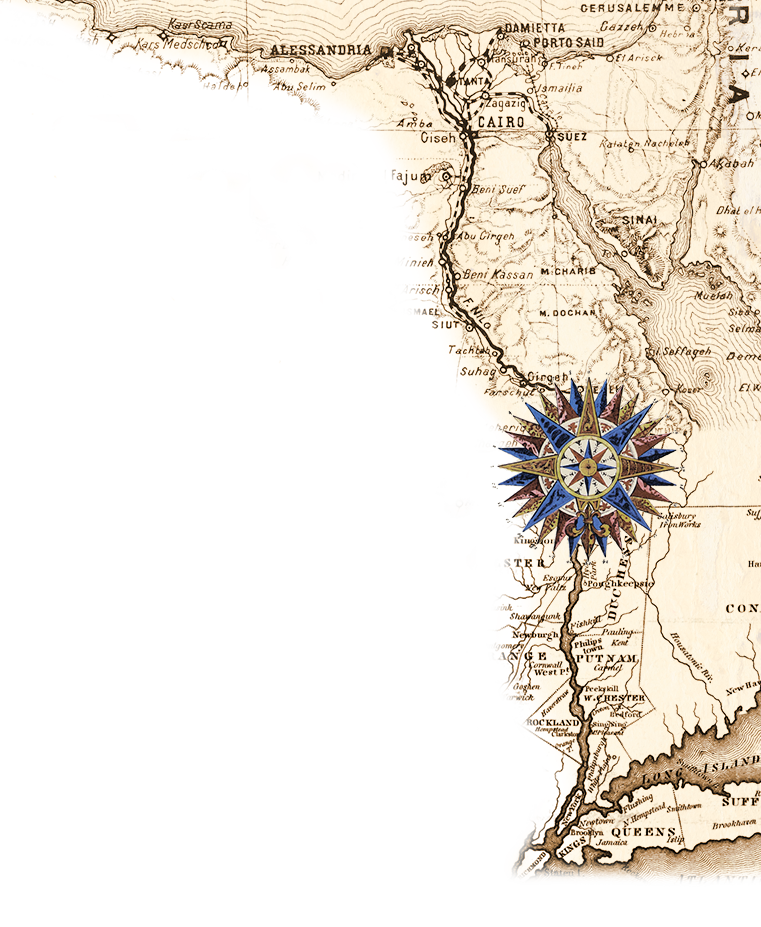

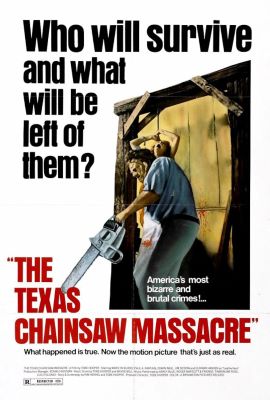

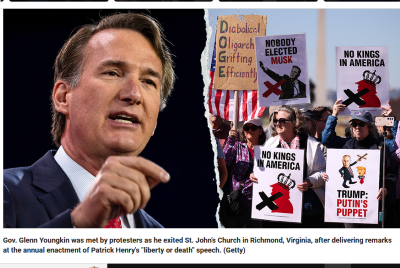
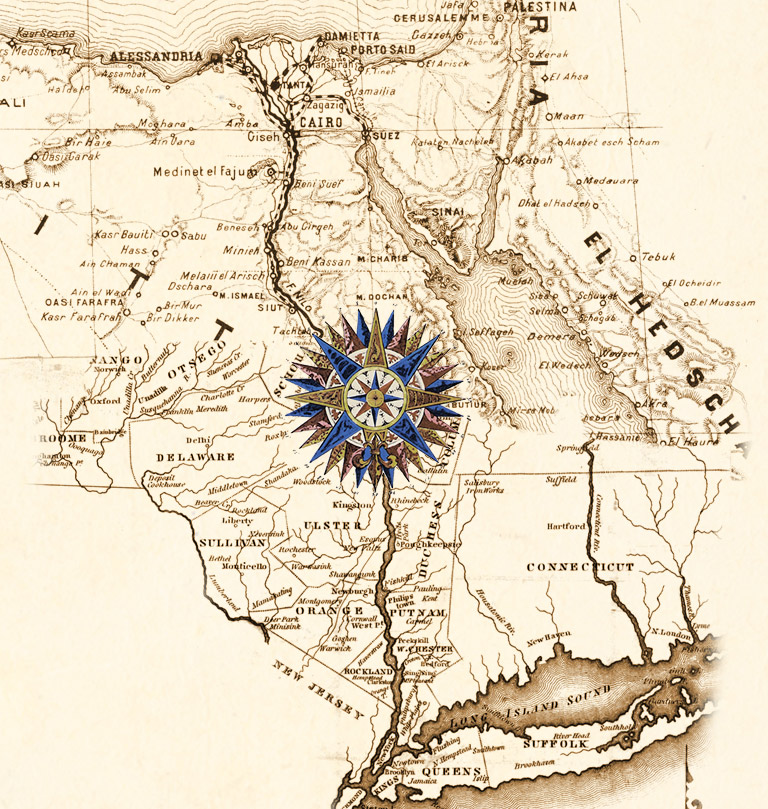
One of the things that you can discuss at the conference is “Who is not here?” How many local municipal historians are not aware that the APHNYS exists or that they are having a conference?
Peter Feinman’s comments are right on the money in a perfect ideal world.
Truth is if Peter, Bruce or anyone else making comments hasn’t spent significant time attending local town, village or county Board Meetings then you have zero appreciation of the climate under which we all operate. One major topic at every Board Meeting surrounds “unfunded mandates”. The position of local historian is viewed as an unfunded mandate. I will make a wild, unsubstantiated, guess that roughly 50% of the NYS Public Historians (about 826 to be exact) serve without any pay or other expense reimbursement. The other half serve with some level of expense reimbursement and a small stipend which will be in the $500 to $2000 range per year. County Historians (there are 62 of us) fall into a special category. …city historians may also fall into this category. Probably a third fall into the income range that would qualify them for food stamps, a second third make the salary of an entry level clerk ($25,000 to $35,000)….it is true, many of these positions are not full time. The third category or upper tier actually makes a living wage that will sustain life without being married to a principal wage earner or qualify for some other income source like military retirement, corporate retirement and or social security. For example, many local and county historians are retired public school teachers….probably former Social or Global Studies teachers (as such they possess a BS & MS in Education). In my view, some make great historians and some do not. Many of the very best (in my view) historians I know at any level here in my county or in nearby towns have no degree at all. They are active writing and speaking all the time.
Comment on Addie Harris’s comment – I am APHNYS Regional Coordinator for NYS Region 11 which covers 6 counties here in the central Finger Lakes Region. Roughly a third of historians in this region either have no computer or internet connection or don’t use it regularly if there is one in their household. Today, everything happens via the net. If they choose not to be connected then they simply are not connected with the world and all the resources available….and yes, they may not be totally informed. I can tell you that I have made every effort to be in contact with every appointed historian here in Region 11.
Region 11 includes the following counties: Monroe, Ontario, Seneca, Yates, Steuben and Wayne. It ranges from Lake Ontario on the north to the Pennsylvania State Line on the south…this is a huge territory covering very diverse areas.
Little can be required of our local historians until the municipalities are willing to step up and provide the infrastructure support and pay to support those demands. Until then, we are very lucky to have so many dedicated people willing to work and travel endless hours to make NYS History live in their communities.
Maybe the guidelines are just that – guidelines. Yes there are some elements regarding formal education standards, that seem really absurd, but, but there is always the qualifier “or of equal experience.” As a former Wayne County Historian (1972 to 1999) I reviewed the guidelines noted above many times during my tenure, as I constantly adjusted and adapted to the obligation of being a Public Servant – taking into account my own limitations – financial and personal. And guess what? I fell short in many areas, but I still considered myself a productive and effective county historian. Historians can not be plugged into a cookie cutter format. Not everyone can perform to a top level in all the “guideline categories” and should not be made to feel inadequate because of this. Over the years I met many public historians that brought unique and valuable skills to their job even though they had little or no “formal training” as historians. Int in the end they were just people with a love of local history – some were not any good a public speaking (I myself struggled with that), some buried themselves in research and limited all contact with the public and had no people skills, some could write monographs and some could not, some had special skills with communicating with young people… and yes some were at a loss on how to perform their duties. But with very few exceptions all tried to do the best they could. I believe that given basic tools for preserving, organizing and growing a collection; and methods for making that collection accessible for researchers/public should be paramount. Then let the historians tackle other aspects in the “guidelines” as they fit into their specific skill set and interests. I was one of the fortunate public historians in that my job was full time and I can say without reservation that it was the best job I every had – no day was ever the same!
According to the law that established municipal historians, they can be fined for not performing their jobs yet at the same time, there is no requirement either by the State of New York or the municipality that they be compensated. I may be wrong but it seems to me that most of these historian get little if any other support from their municipality and certainly none from the State.
Peter,
John Warren gave me your address as I responded to the subscription service. I wanted to thank you for the article on APHNYS and tell you it is “in my backyard” here in Clay so we are very involved. And I hope you will be there.
Dorothy
My opinion FWIW (as someone who’s not even a public historian): the guidelines aren’t rules or laws; there’s no penalty for not following guidelines. Even as guidelines, they build in a fair amount of latitude by using words like “may” and “recommendations.”
It might be worthwhile to discuss them though, not least because they were written about twenty years ago. Some prior discussion of the guidelines can be found in “Responses to the Draft Job Description.” History Directions. September 1991. 4-5.